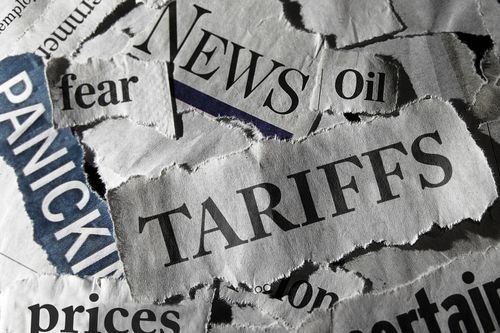Written for Bolton by Dr. Anirban Basu, Sage Policy Group
Wolves of Recession Held at Bay
During the third quarter of 2022, a prominent survey indicated that four out of five executives agreed that a recession would start within the next six months. A furious economic rebound from the worst periods of the pandemic had fueled a combination of rapid economic growth and excess inflation. With the Federal Reserve transitioning aggressively from economic stimulus to monetary tightening, many CEOs were convinced that America’s recovery simply could not handle the burden of higher interest rates.
We are now in the third quarter of 2023, and there has been no recession. If anything, economic momentum has gathered steam even as the Federal Reserve has continued to ratchet interest rates higher to cool the economy. Even war in Eastern Europe and a temporary surge in energy prices was not enough to stifle economic momentum.
During the first quarter of 2023, the U.S. economy expanded a handsome 2.4% annual rate. The following quarter generated a more nondescript 2.0% growth, which is still an acceptably attractive pace of growth.
At the time of this writing, more than half the third quarter has passed. The Federal Reserve Bank of Atlanta maintains a product known as GDPNow, which estimates current quarter growth. According to the most recent estimate released August 24th, the U.S. economy is on pace to expand a Robert Pattinson-caliber 5.9% rate of growth this quarter.
At the heart of the economy’s ongoing momentum has been the consumer. Despite some warning signals issues by the likes of Macy’s, Home Depot, Dick’s, Foot Locker, and Target, consumer outlays have remained elevated. That has helped support job growth, which in turn has supported ongoing retail outlays. As of July, the U.S. unemployment rate stood at a minuscule 3.5%. Several major metropolitan areas report unemployment at roughly 2%. Moreover, despite declining numbers of available, unfilled job openings, there are still 1.5 available jobs for every unemployed American.
Team Recession
Economists have been racing to revise their projections of economic growth higher. During the second quarter, economic growth was bolstered by both consumer outlays and recovery in business equipment purchases. Economists at JP Morgan and Bank of America recently reversed their recession calls.
Still, there are things to worry about. Core inflation as measured by the Consumer Price Index remains near 5 percent. Federal Reserve officials continue to insist that they are data dependent and that further rates are possible if not likely. Meanwhile, many of America’s key trading partners are struggling economically, including in much of Europe and in China. That economic weakness could exacerbate America’s vulnerabilities, which include an increasingly indebted consumer, tightening lending conditions, and tumult in several commercial real estate segments, particularly in the nation’s office segment.
Economists who continue to predict recession point to an inverted yield curve, excess inventory levels, and potential strikes against major U.S. employers, include automakers. Improving supply chains since late-2021 have supported economic growth by fomenting greater transactional volume and helped to trim inflation.
But those impacts are increasingly behind us. What may be in front of us is further impact from prior Federal Reserve rate hikes. The great Milton Friedman pointed out that monetary policy operates with lengthy and variable lags, and the lag effects of monetary policymaking that has been in place for more than a year might be about to bite down on the U.S. economy.




